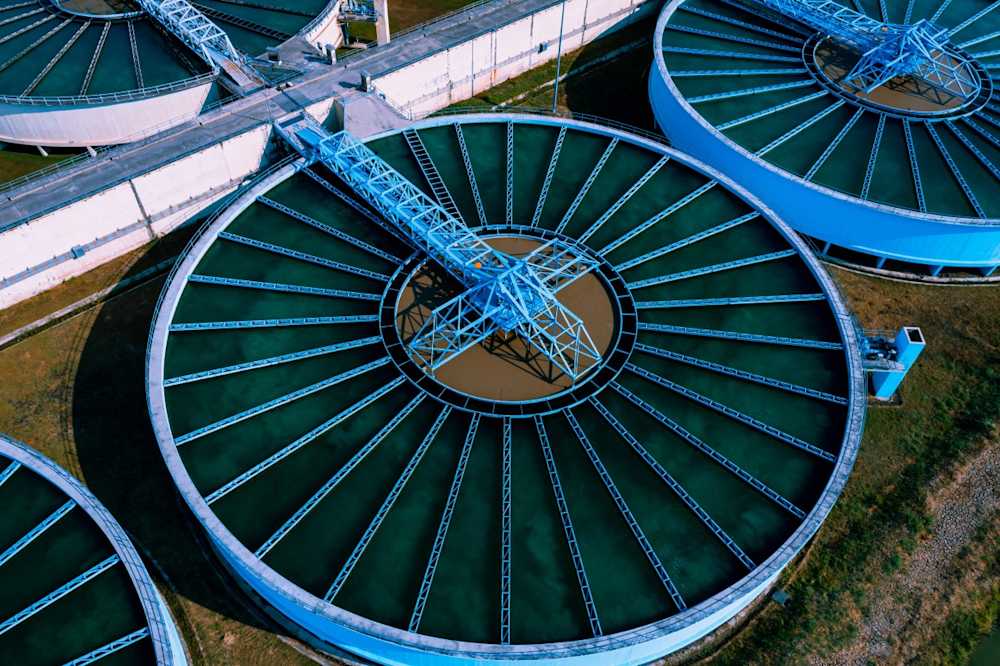Directive (EU) 2024/3019, known as the revised Urban Wastewater Treatment Directive (UWWTD), entered into force on 1 January 2025. It aims to improve water quality by introducing stricter treatment and monitoring requirements, including an obligation to remove at least 80% of certain pharmaceutical residues during quaternary treatment.1
The change is a significant one, as the previous directive did not impose quaternary or even tertiary treatment requirements on urban wastewater treatment plants.2 As a result, most existing procedures do not specifically target drug residues or other micropollutants, making upgrades necessary to achieve the required removal rate.
Measurlabs offers laboratory analyses to evaluate the effectiveness of new micropollutant removal processes, helping wastewater treatment plants comply with the revised directive.
Substances to be monitored
Compliance with the requirement to remove pharmaceutical residues from wastewater is evaluated by measuring the concentrations of selected substances with the potential to pollute water even at small concentrations. Measurements are performed before and after quaternary treatment, and the average percentage of removal is calculated and compared to the 80% threshold.3
The substances to be monitored are listed in Table 3 of Annex I to the UWWTD. They are divided into two categories, where category 1 includes substances that can be very easily treated:
Amisulprid (CAS: 71675-85-9)
Carbamazepine (CAS: 298-46-4)
Citalopram (CAS: 59729-33-8)
Clarithromycin (CAS: 81103-11-9)
Diclofenac (CAS: 15307-86-5)
Hydrochlorothiazide (CAS: 58-93-5)
Metoprolol (CAS: 37350-58-6)
Venlafaxine (CAS: 93413-69-5)
While category 2 comprises substances that can be easily disposed of:
Benzotriazole (CAS: 95-14-7)
Candesartan (CAS: 139481-59-7)
Irbesartan (CAS: 138402-11-6)
Mixture of 4-Methylbenzotriazole (CAS: 29878-31-7) and 5-methyl-benzotriazole (CAS: 136-85-6)
At least six of the listed substances must be included in the analyses, with twice the number from category 1 as compared to category 2.
When is testing required?
The quaternary treatment obligation introduced by the revised UWWTD applies to large wastewater treatment plants responsible for handling a pollution load of at least 150,000 p.e. (population equivalents) per day. All discharges from these plants must meet the criteria for pharmaceutical residue removal by the end of 2045, with interim requirements for 20% of plants to comply by 2033 and 60% by 2039.
Smaller plants (10,000 p.e. and above) must also meet quaternary treatment requirements by 2045 if they discharge water into areas where the accumulation of micropollutants poses risks to human health or the environment. These include drinking water catchment areas, bathing water, and areas where aquaculture is practiced.
Monitoring should be started well before the deadline to ensure that sufficient removal efficiency is achieved in time.
Testing to comply with the directive
Measurlabs offers analyses for both untreated and treated wastewater samples to determine the percentage of removal achieved during the treatment process. In addition to pharmaceutical residues specified in the Urban Wastewater Treatment Directive, we offer testing for a wide range of other high-priority pollutants, such as microplastics, PFAS compounds, and phthalates. Do not hesitate to contact our experts for more information.
References:
1 See Directive (EU) 2024/3019 concerning urban wastewater treatment. Quaternary treatment requirements are introduced in Article 8, with further details specified in Part B, Table 3, and Part C of Annex I.
2 See Directive (91/271/EEC) concerning urban wastewater treatment.
3 The minimum percentage of removal is specified in Table 3 of Annex I to Directive (EU) 2024/3019.

